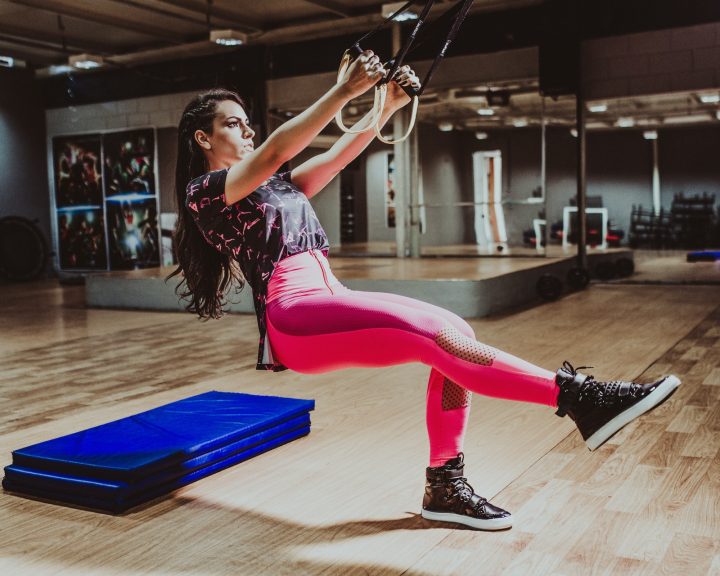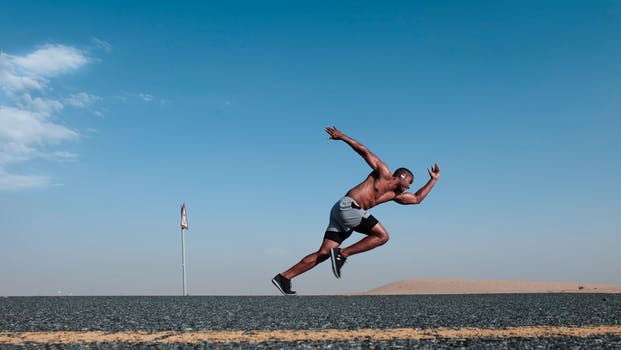In a previous post ( http://www.cissik.com/blog/2016/05/athletes-need-to-squat/ ), I touched on the importance of the squat exercise for athletes. Continuing with this thought, Styles et al, in the Journal of Strength and Conditioning Research, conducted a study to examine if improvements in squat strength led to an increase in short (5-20 meter) sprint performance.
The authors studied 17 elite professional soccer players (mean age around 18 years old, mean back squats over 165% of body weight). The athletes trained twice per week with a strength training program focused around back squats, Romanian deadlifts, and eccentric Nordic leg curls. The authors report that this was part of the athletes’ in-season program, so I can only assume that they were still practicing soccer, scrimmaging, and sprinting as part of their program – though this is not reported on in the study. The twice weekly training was split into a high volume day (20 reps/exercise at 85-90%) and a low volume day (9 reps per exercise at 85-90%).
At the end of six weeks of training:
- 5m sprint: improved by almost 6%
- 10m sprint: improved by almost 3%
- 20m sprint: improved by 1%
- Back squat: improved by almost 20%
- Back squat divided by body weight: improved by 18%
This is an interesting study. First, a pretty simple strength training program (three exercises, twice a week, over six weeks) had a pretty profound impact on the strength of a group of highly trained athletes. Second, this strength training programs seems to have had a positive impact on the sprinting speed of that same group of athletes. 1-6% changes may not be statistically significant, but in highly trained athletes these are great changes in speed especially over a six week period.
Third, this study is using high trained athletes. This makes it a little easier to apply the results (i.e. the squat may be very important for athletic performance) to athletic populations.
Now, there are some things to keep in perspective. First, the athletes were in-season according to the study. This implies in-season training, endurance training for soccer, sprints/agility in training, etc. These things aren’t quantified in the published study but they have an impact on the results, positive and negative.
Second, it’s unclear (it is only my assumption) that the athletes were on a formal speed/agility program. If they were not then they may have been relatively untrained in this aspect. This means that any lower body training could have a positive impact on their speed. If that’s true, then these results cannot be applied to a population that is taking part in a formal speed program. On the other hand, if this is a group of athletes participating in a speed program then the results are very important.
It’s good to see this kind of study being done. First, it reinforces the importance of the squat exercise and its variations. Second, it’s done on actual athletes which makes it easier to apply the results to athletes. Finally, I like the fact that its an in-season program and that the athletes are making gains with the reduced volume training that is typical of in-season training.
Styles, W.J., Matthews, M.J., Comfort, P. (2016). Effects of strength training on squat and sprint performance in soccer players. Journal of Strength and Conditioning Research, 30(6), 1534-1539.



